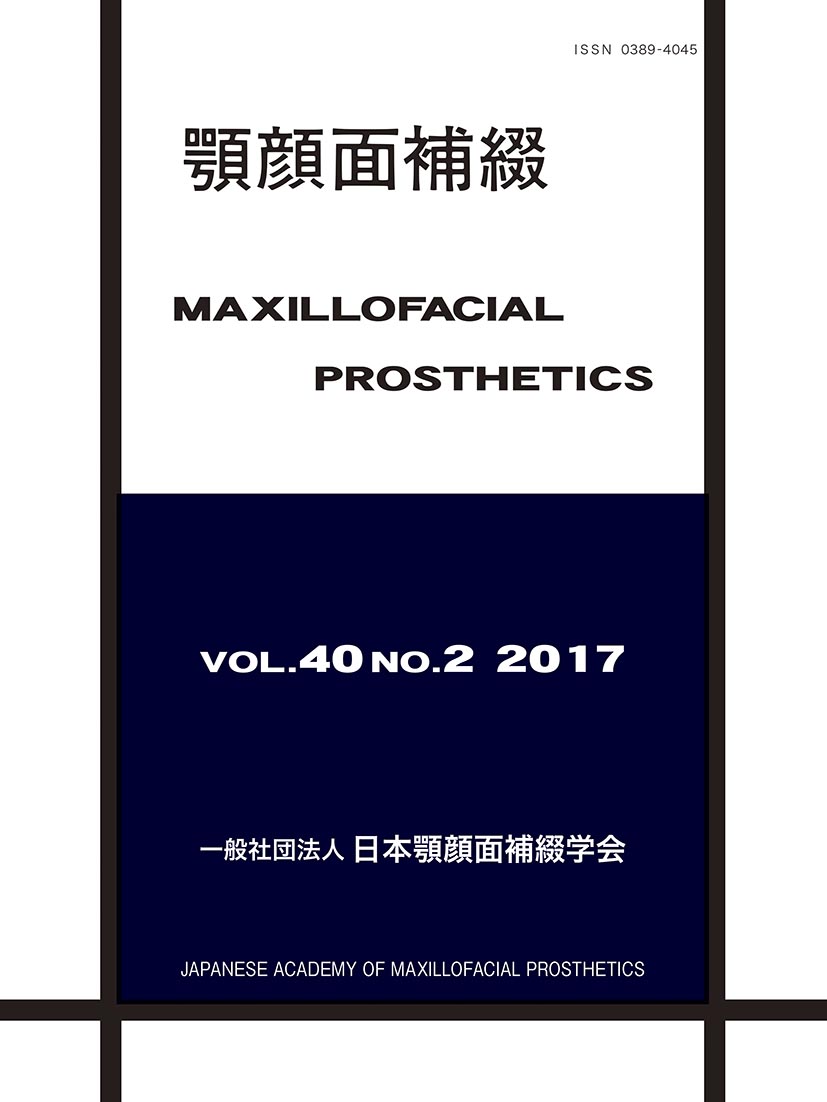Volume 40, Issue 2
Displaying 1-6 of 6 articles from this issue
- |<
- <
- 1
- >
- >|
-
2017Volume 40Issue 2 Pages 17-21
Published: 2017
Released on J-STAGE: May 29, 2021
Download PDF (592K)
-
2017Volume 40Issue 2 Pages 22-27
Published: 2017
Released on J-STAGE: May 29, 2021
Download PDF (471K)
-
2017Volume 40Issue 2 Pages 28-36
Published: 2017
Released on J-STAGE: May 29, 2021
Download PDF (806K) -
2017Volume 40Issue 2 Pages 37-41
Published: 2017
Released on J-STAGE: May 29, 2021
Download PDF (848K)
-
2017Volume 40Issue 2 Pages 42-62
Published: 2017
Released on J-STAGE: May 29, 2021
Download PDF (711K)
-
2017Volume 40Issue 2 Pages 63-64
Published: 2017
Released on J-STAGE: May 29, 2021
Download PDF (331K)
- |<
- <
- 1
- >
- >|
